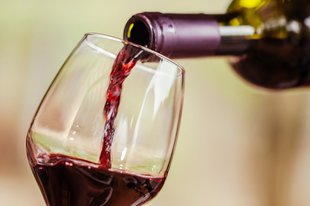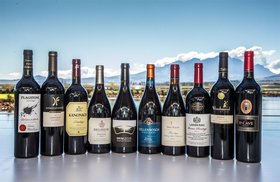Petite Sirah (Where It Grows, 10 Best Wines, Prices 2025)
The rare Petite Sirah grape variety, primarily grown in California, makes exceptional, full-bodied red wines. It was always seen as an “underdog” grape used to add color and structure to California’s “Burgundy style” blends.
But, it is now used to make delicious single varietal wines as well.
So, how did this French grape reach the US? Is it the same as Syrah or “baby Syrah”? Which Petite Sirah bottles should you buy?
In this article, dive into the origins of Petite Sirah, the major wine regions, tasting notes, and food pairings. You’ll also discover the best Petite Sirah wines you can buy in 2024 and an easy way to build a collection of fine wine bottles.
Further reading
- Eager to explore how to invest in fine wine? Get started with this Detailed Wine Investment Guide.
What is Petite Sirah?

Petite Sirah is in fact the synonym of the French red grape variety - Durif. Durif was named after the French botanist Francois Durif, who discovered it. The grape is called Petite Sirah in the US and in Israel, but it goes by its original name in all other regions.
Even though the Durif grape originated in France, it is now most popular in the US and Israel.
Petite Sirah’s firm tannin and high acidity make it an ideal blending grape with other grape varieties like Zinfandel, Syrah, Mourvedre, and Cabernet Sauvignon. When blended with Petit Verdot and Carignan, the Petite Sirah wine has a denser body.
It also works great as a single varietal wine. In 1961, Petit Sirah was first bottled as a single varietal red wine by Californian vintner, Jim Concannon of the Concannon vineyard. He was the first to recognize its potential as a standalone wine and is often called the ‘Father of Petite Sirah’.
Now, is this grape the same as Syrah?
Difference Between Petite Sirah and Syrah

The wine grape ‘Petite’ Sirah is not a smaller-sized Syrah. Both are distinct varieties, and Syrah is one of the parent grapes of Petite Sirah.
Today, Petite Sirah is an American grape varietal, far removed from its French roots, while Syrah plantations are most widespread in France’s Rhone Valley.
As the Durif grape is a cross-pollinated variety, it is more resistant to adverse conditions and is more vigorous than Syrah.
Petite Sirah wine has bold flavors, high acidity, and robust tannins, whereas the French Syrah is moderately acidic with milder tannins and more subtle earthy notes.
Interestingly, at times, Petite Sirah is misspelled as "Petite Syrah," which was the name given by Rhone Valley growers to a smaller-sized Syrah clone. Immigrant winemakers in California started using the term ‘Petite Syrah’ for the low-yielding Syrah grape in 1878. The actual Petite Sirah was introduced in the US in 1884.
Now, let’s step back and take a look at the exciting origin story of Petite Sirah.
A Brief History Of Petite Sirah

The discovery of Petite Sirah was accidental.
In the 1860s, in Montpellier, French botanist Francois Durif was experimenting to eliminate powdery mildew from the Syrah grape. The cross-pollination of a Syrah vine with a Peloursin vine in his greenhouse resulted in a new dark-colored, disease-resistant grape varietal. This grape was named after Dr. Durif.
In the early 20th century, the Durif’s resistance to downy mildew made it famous in Isère and Ardèche in France. But the low quality of the wine limited its popularity.
In the mid-1880s, Charles Mclver imported the grape to the United States. Its similarities to the Syrah variety earned it the name Petite Sirah.
The grape was introduced in Australia in 1908 and is used to make red varietal blends.
Until the 1960s, the Petite Sirah grape remained one of California’s leading varieties. But in the following decades, its popularity declined as grapes like Cabernet Sauvignon gained traction. However, over the last 10 years, innovative wine growers have doubled Petite Sirah plantations, and are using the grape to make single-varietal wines as well.
- Fun Fact: Californian winemakers have set up the “P.S. I Love You” advocacy group to help uplift the profile of the under-appreciated Petite Sirah. They aim to ‘promote and accent the positives of Petite Sirah as a heritage variety worth enjoying.’
Let’s take a closer look at the regions where Petite Sirah is grown.
Where is Petite Sirah Grown?
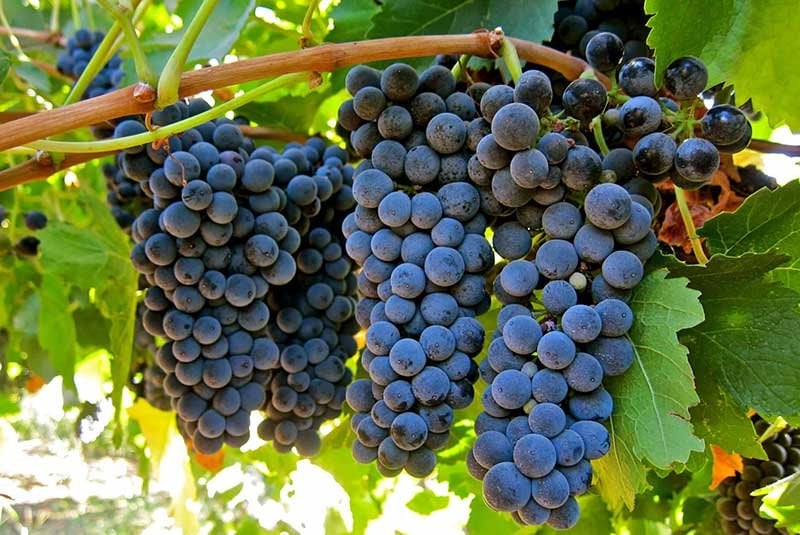
A global vineyard coverage of just 10,000 acres makes Petite Sirah one of the rarest grape varieties in the world. Of these, 8,000 acres are in California, while the rest are spread across a few other countries.
The major regions where Petite Sirah vineyards are planted are:
- United States: The Petite Sirah grape is grown in:
- California (Lake, Clarksburg, Mendocino, Sonoma, Napa Valley, Monterey, and San Joaquin County)
- Washington (Yakima River Valley)
- Arizona
- Maryland
- Texas
- West Virginia
One of the most prominent producers is the Concannon vineyard. Besides Burgundy-styles wines, unique blends of Mourvedre (50%) and Petite Sirah (50%) are also popular in the US.
- Australia: The Australian Durif vineyards are located at Rutherglen in the Victoria region, Riverina, and Riverland.
- Israel: Petit Sirah is grown in the Carmel and Tishbi regions and is used by wine growers like Sea Horse and Vitkin. The winemaker Recanati produces exceptional Carignan and Petite Sirah blends.
- Mexico: The grape is confined to the Baja California Peninsula.
- Other regions: Petite Sirah is also grown in certain areas of France (Palette appellation), Brazil, Chile, and Argentina.
Next, let’s take a closer look at the vineyards and vinification of Petite Sirah.
Petite Sirah Viticulture and Winemaking
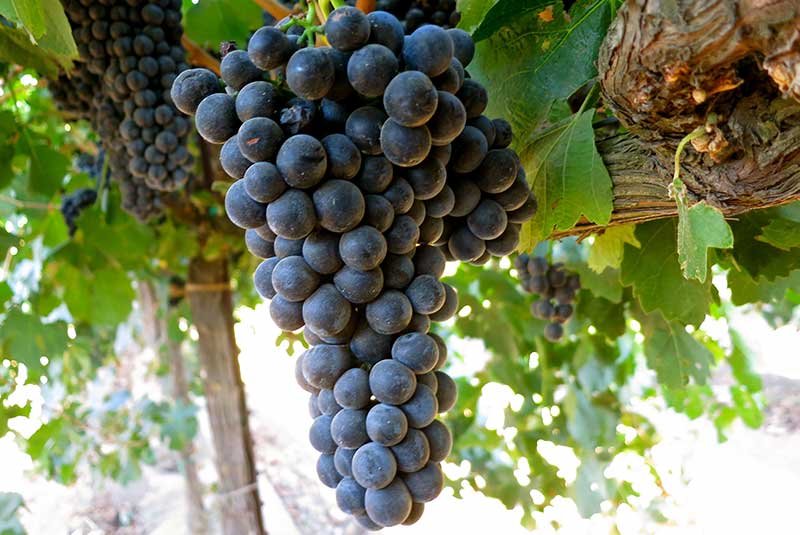
Petite Sirah is a small-sized grape variety with vigorous vines and large leaves. It tends to form tight clusters that are vulnerable to rotting in high moisture conditions.
The grape’s flavors are dependent on the terroir of the vineyard and the climate of the region where it is grown.
For instance, the berries of warmer areas like Lodi and Central Valley in California have bolder fruit flavors. Overripe grapes of such warmer climates produce sweeter wines. The grapes from cooler regions (like Napa Valley) possess complex tasting notes (similarly to Pinot Noir and Cabernet Sauvignon.)
Petite Sirah Winemaking
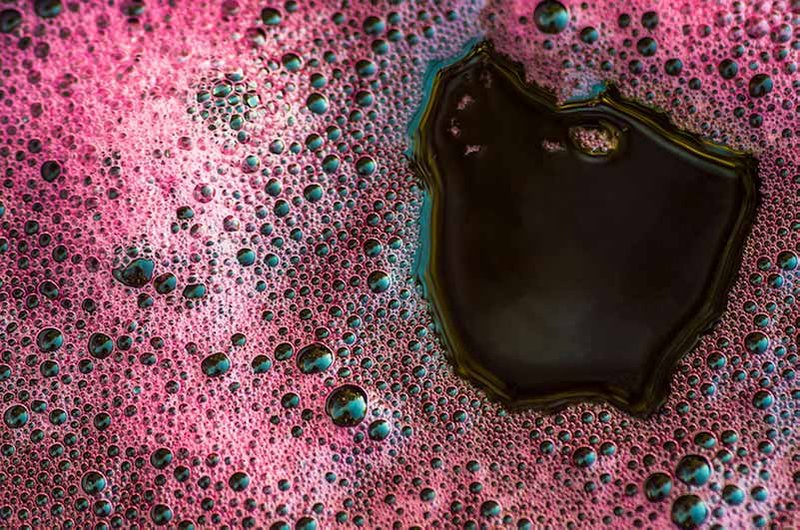
The vinification of Petite Sirah grapes is unique to each winemaker. The intricate winemaking process results in a layered and subtle-flavored red wine.
It usually includes an extended maceration period after a careful harvest. The prolonged maceration enhances the wine’s tannins. If new oak barrels are used for fermentation, the wines are known to develop a chocolatey aroma.
Blending Petite Sirah with other grapes creates wines with enhanced color, tannins, and structure. For instance, the jammy character of Zinfandel is muted when blended with Petite Sirah. It also helps strengthen the flavors of Petit Verdot, Pinot Noir, and Cabernet Sauvignon wines.
So, how do Petite Sirah wines taste and what food can you pair them with?
Petite Sirah Tasting Notes and Ideal Food Pairings
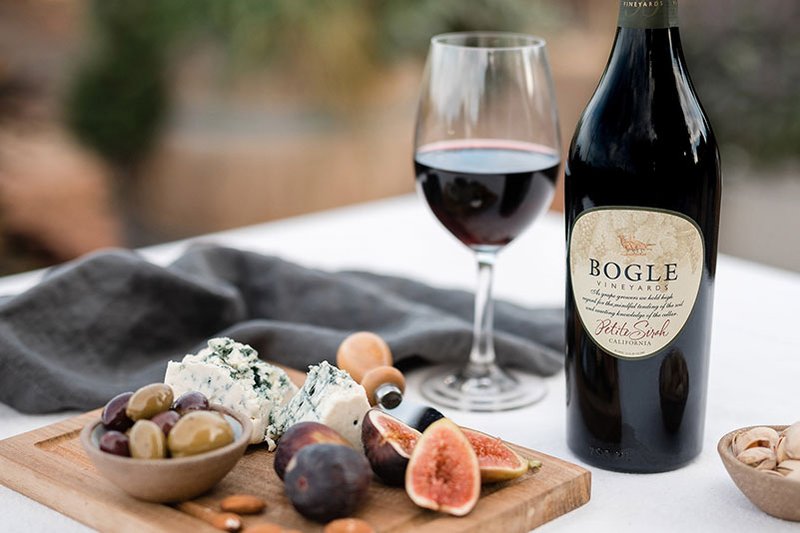
Petite Sirah wine is dry and full-bodied with a high alcohol by volume (ABV) of 15%.
The dominant flavors are plum, blueberry, and black tea. Most of the wine’s tasting notes depend on the winemaking process, and the nose can range from dark chocolate to black fruit.
Given its firm tannins, Petite Sirah wine is an excellent complement to rich, savory foods. It pairs well with spicy dishes, most meats, and a variety of cheeses. Petite Sirah wine is, however, not a great combination with lighter dishes like seafood.
Does Petite Sirah Wine Age Well?
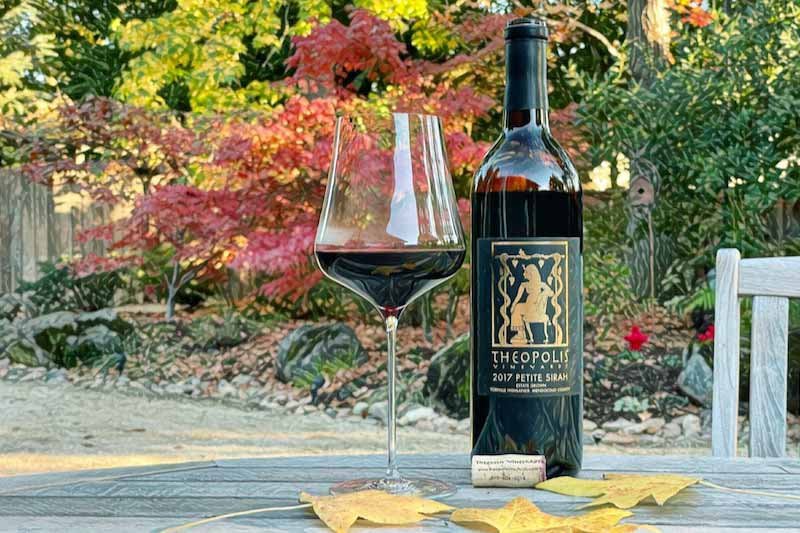
Petite Sirah grapes tend to lose their acidity over a period of 6-7 years.
But depending on the vinification, some of the Napa and Sonoma wines can age for decades - thanks to the high tannin and acidity. Some can mature in a bottle for 20 years or more.
Time to look at some of the best Petite Sirah wines you can buy this year.
Best Petite Sirah Wines to Buy in 2024
Here’s a list of some of our favorite Petite Sirah wines perfect for any wine lover!
1. Switchback Ridge Peterson Family Vineyard Petite Sirah, 1999

This California wine is smooth and full-bodied. It has vibrant aromas of black fruit, cassis, dried herb, and spice. This bottle will hold good for five more years.
Price of Switchback Ridge Peterson Family Vineyard Petite Sirah, 1999: $172
2. Turley Wine Cellars Hayne Vineyard Petite Sirah, 1998
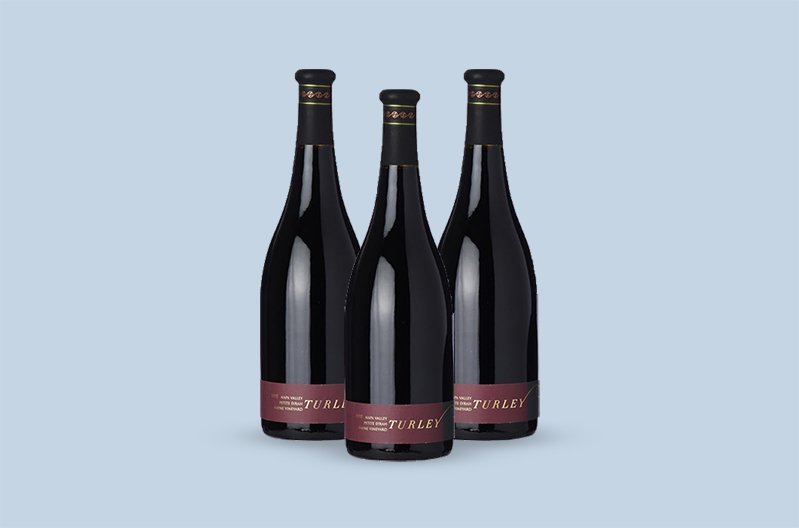
This is an inky black-purple-hued wine with a high ABV and acidity. It has a dense fruity palate of sugarplums, black fruit, and hints of chocolate.
Price of Turley Wine Cellars Hayne Vineyard Petite Sirah, 1998: $164
3. Quixote Winery 'Helmet of Mambrino' Petite Sirah, 2009

A velvety smooth and rich wine, the ‘Helmet of Mambrino’ has dark fruit, black pepper, and vanilla tasting notes. It is bold but has a balanced flavor profile.
Price of Quixote Winery 'Helmet of Mambrino' Petite Sirah, 2009: $130
4. Turley Wine Cellars Library Vineyard Petite Sirah, 2017
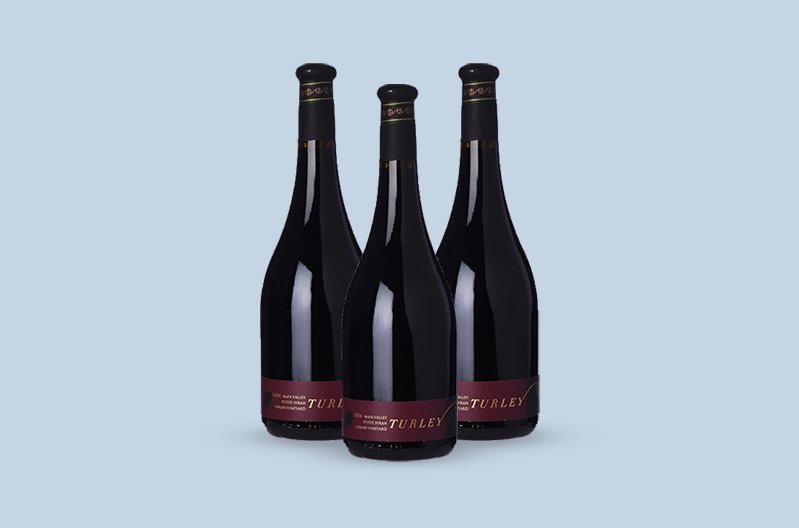
This is an inky, deep purple-black, crowd favorite wine with a nose of dried herb, toasted coconut, and violets. The fruity palate includes dark fruit, black cherry, and blackcurrant liqueur.
Price of Turley Wine Cellars Library Vineyard Petite Sirah, 2017: $110
5. Turley Wine Cellars Rattlesnake Ridge Petite Syrah, 2004
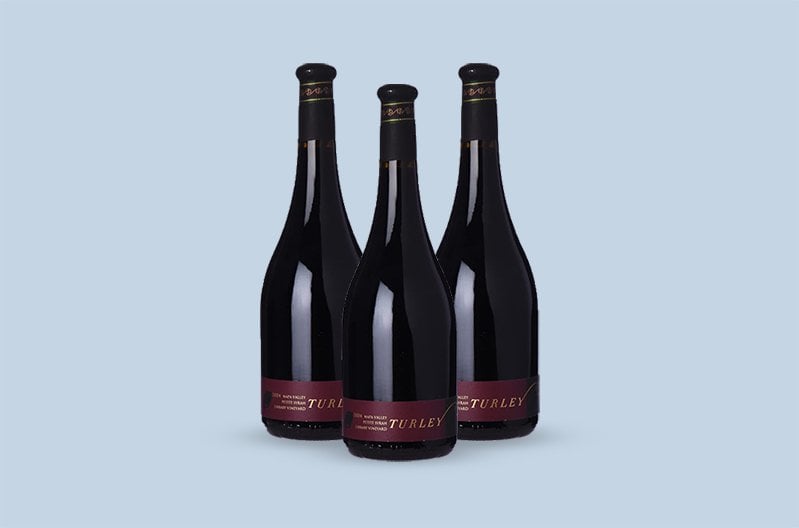
This wine is best served without decanting. The nose includes black and dark fruit with floral and spice hints. It has balanced acidity and firm tannins.
Price of Turley Wine Cellars Rattlesnake Ridge Petite Syrah, 2004: $105
6. Quixote Stags Leap Ranch Petite Sirah, 2010
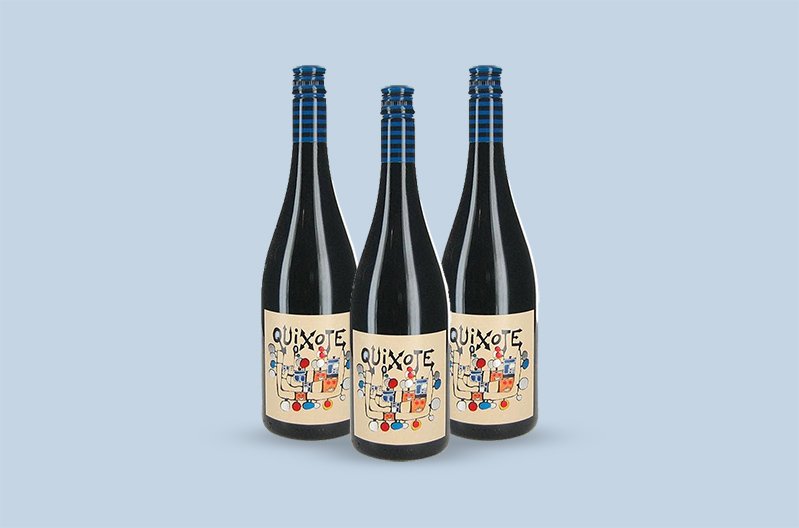
This wine has flavor notes of plum, blueberry, and dark chocolate. It is full-bodied and bitter-tasting because of its high tannin levels.
Price of Quixote Stags Leap Ranch Petite Sirah, 2010: $105
7. Stags' Leap Winery Estate 'Ne Cede Malis' Petite Sirah, 2015
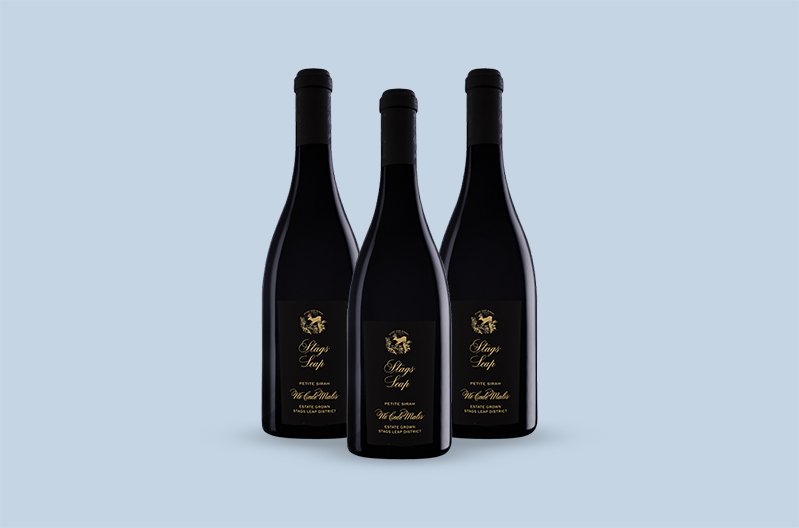
This dark ruby wine is full-bodied with great tannins. The nose is intense with an aroma of black cherries, plums, and black pepper. It is also a great blending grape for many red and white varietals.
Price of Stags' Leap Winery Estate 'Ne Cede Malis' Petite Sirah, 2015: $103
8. Turley Wine Cellars Turley Estate Petite Sirah, 2004
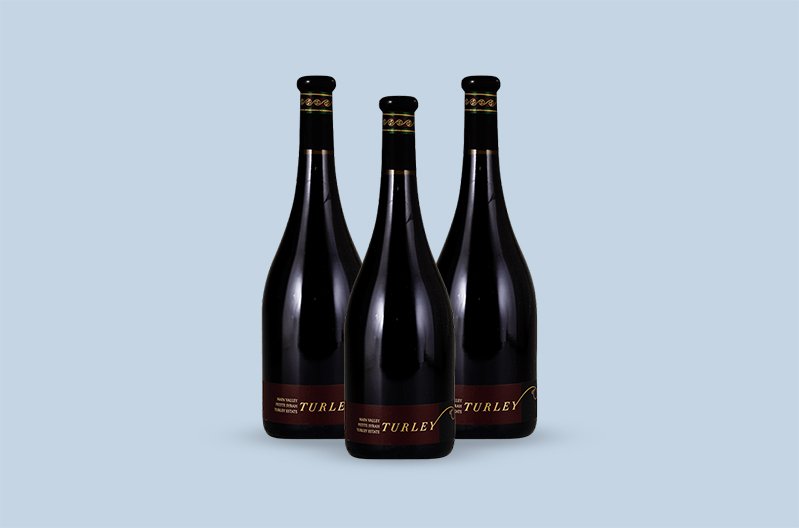
This black-purple wine has notes of graphite, smoke, blackberries, and creme de cassis. It is a highly concentrated red with high tannins and ages well compared to most Petite Sirah wines.
Price of Turley Wine Cellars Turley Estate Petite Sirah, 2004: $100
If the bold flavors and high tannins of Petite Sirah wine excite you, you should go ahead and get yourself one of the above bottles.
However, if you’re venturing into investment-grade wines to cellar for the long-term, we can help. Here’s an ideal wine investing platform, Vinovest, that will aid you in wine investing.
Here’s how:
Buy Fine, Rare Collectible Wines Through Vinovest

Vinovest is an onlinewine investment company that helps you build a high-performance portfolio of premium wines that are known to beat the market.
How Does It Work?
- Sign up on the Vinovest website.
- Answer a few quick questions to determine your investing style.
- Add at least $1,000 to your account.
- On the basis of your answers, Vinovest’s algorithm will find you the ideal investment wines. Now you are set to begin your wine investment journey!
Why should you use Vinovest?
Benefits
There’s a range of benefits for every wine lover and investor:
1. Easy Buying and Selling Using AI-driven Technology
Vinovest has an Artificial Intelligence-driven platform that makes it super convenient to buy fine wines from around the world.
2. Best Prices
You’ll find your favorite wine bottles at the best possible prices! Vinovest buys authentic wines directly from trusted winemakers, wine exchanges, and wine merchants, eliminating intermediaries.
3. Curated Portfolio by an Expert Wine Advisory Team
Not a wine specialist? No need to worry!
Vinovest’s expert team of sommeliers and data scientists will help you build a high-performance portfolio of collectible wines.
4. Authenticity and Provenance
Vinovest ensures that each wine you buy is authentic by tracing its provenance before you make your purchase.
5. Optimal Storage
Vinovest stores your wine collection in bonded warehouses near the best wine-growing regions in the world. The storing facilities are maintained at optimal temperature, light, humidity, and vibration levels all the time.
So, you have accessibility to a wine cellar without dealing with the financial or logistical hassle of maintaining it yourself.
6. Comprehensive Insurance and Security
Vinovest provides a full insurance policy at market value.
All storage facilities are equipped with 24/7 security cameras and power backups to maintain the ideal conditions.
7. Easy Delivery
No matter where you are, Vinovest will deliver your chosen wines to your doorstep or to that of your buyer.
8. Deep network
Vinovest provides you the accessibility to an extensive network of upcoming vineyards, private wine company sales, and limited vintage releases. Besides, you’ll also get to participate in wine tasting events of famous winemakers.
Petite Sirah: A Delectable Red For Wine Lovers
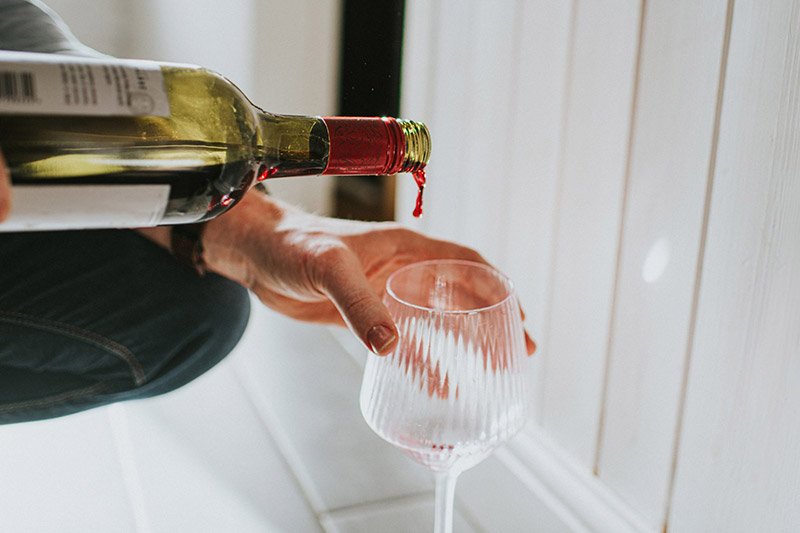
Although rare, Petite Sirah wines have regained popularity among wine enthusiasts. If you enjoy a touch of bold flavor offset by a fruity finish, you must get a bottle of this outstanding wine (blend or single-varietal.)
And, if you’re looking for wines with a long-term investment potential, Vinovest will help you build a collection of premium vintages.
So, wait no more. Begin your wine investment journey, and sign up with Vinovest today!
